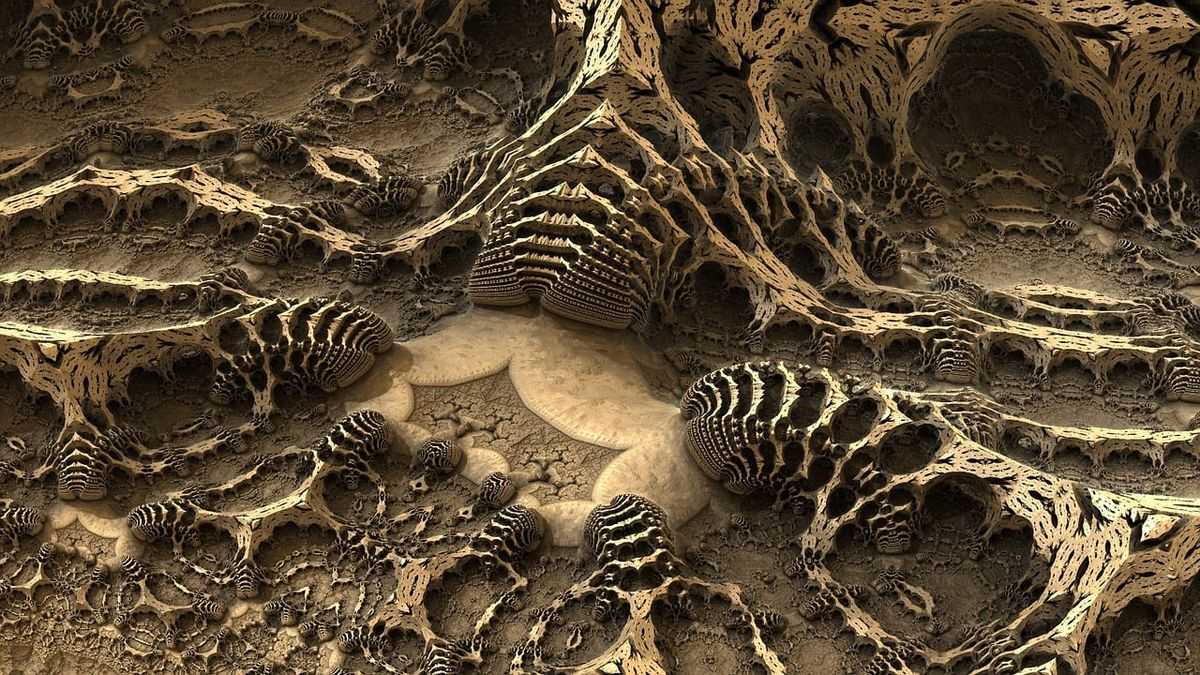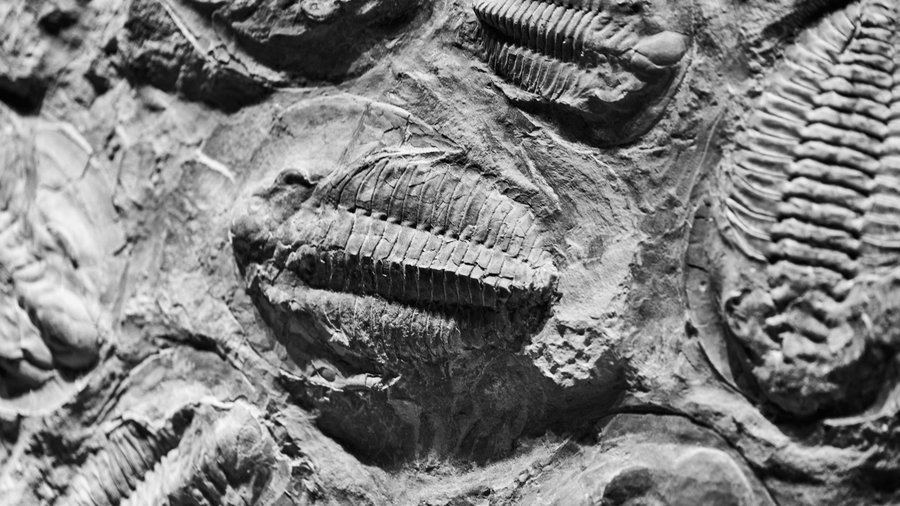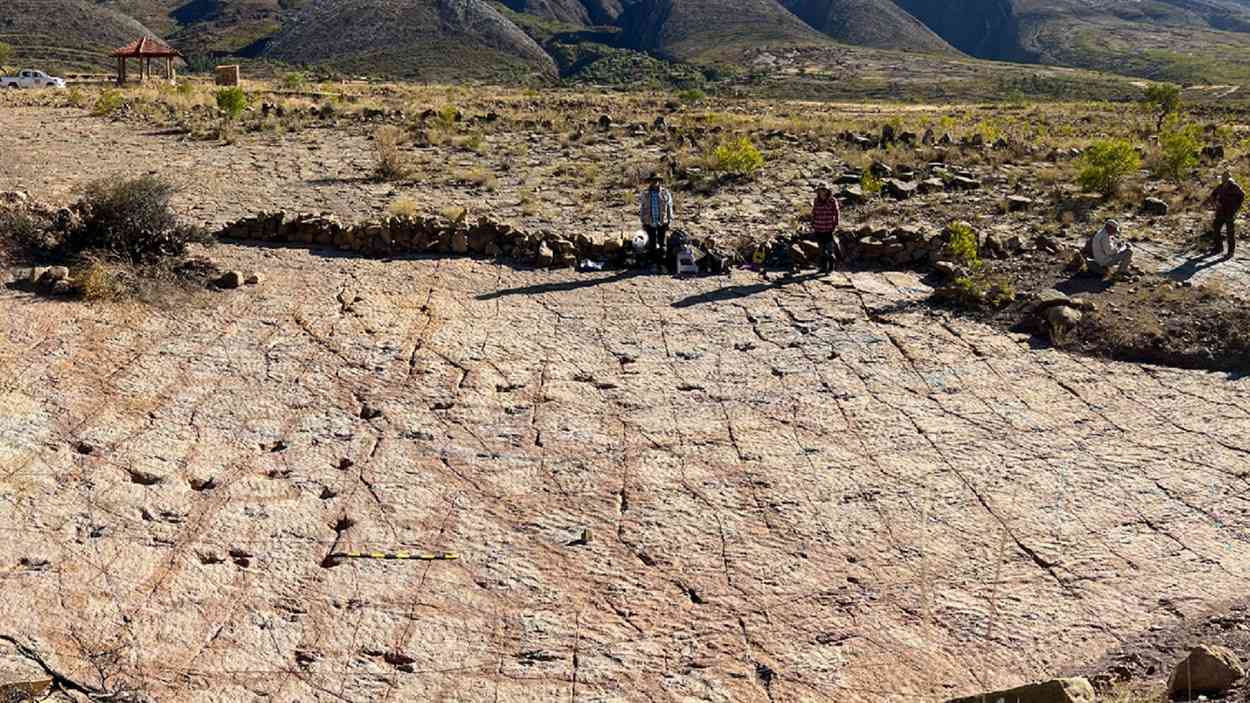Humanism
Anger, Resentment, and Silent Treatment: How to Regain Control Over Your Emotions
30 December 2025

Long before dinosaurs roamed the Earth, living giants strode across the land. They were neither plants nor fungi, and their origin remains a mystery to this day. New research suggests that Prototaxites may represent an entirely new form of life – one that vanished from the planet's surface long ago.
They towered over anything else growing on Earth at that time. Their massive trunks, reaching up to eight meters, stood alone amidst an almost barren land. Prototaxites – a fossil from 430 million years ago – is one of the greatest enigmas paleontology has ever faced. For over 160 years, scientists have tried to uncover what this organism truly was. Now, a new hypothesis suggests it was an extinct life form with no modern counterparts.
It all began in 1843 when geologist John William Dawson found a strange trunk on the coast of Gaspé Bay in Canada. The scholar identified it as the remains of an ancient conifer and named it Prototaxites – “first conifer.” However, what at first glance looked like a tree didn’t fit known life forms. Moreover, trees didn’t even exist during the period when Prototaxites was supposed to have thrived.
For decades, scientists tried to classify this peculiar creation. Was it a giant alga? Or perhaps a gigantic lichen? The most widespread theory became the hypothesis that it was a fungus – albeit one of unprecedented size and structure.
In 2007, isotopic analyses indicated that this extinct life form did not perform photosynthesis. Instead, it nourished itself like a fungus, absorbing organic matter from its surroundings. The results of these studies suggested that giant fungi once ruled the Earth.
“It’s a vision from another world. Forests of giant fungi, among which barely visible mosses and ferns grew,” said paleontologist Francis Hueber, who reignited the debate on the subject at the beginning of the 21st century.
Recommended: Was There an Unknown Human Species? A New Discovery Surprises
Everything changed when Dr. Corentin Loron from the University of Edinburgh joined the research. Together with his team, he decided to take a closer look at a new species – Prototaxites taiti. This is an extinct organism whose fossils were discovered in the famous Scottish Rhynie chert deposit. It is considered a smaller relative of the enigmatic Prototaxites.
Loron’s team examined three different fragments of P. taiti and stumbled upon something surprising. The interior of the fossils was filled with a network of tubes of unknown function. Some had bizarre rings, others formed irregular shapes, unprecedented in any known contemporary organisms. Even more surprising was the chemistry of Prototaxites.

No traces of chitin – a compound characteristic of fungi – were found in the cell walls. Instead, researchers detected aromatic and phenolic compounds, similar to lignin found in plants. However, the organism’s structure still did not fit any known plant group.
“We couldn’t assign Prototaxites to any known life group. Both the structure and the chemical composition were unique. This is a completely new type of organism,” emphasizes Loron.
Prototaxites was therefore not a plant. Nor was it a fungus, an alga, or an animal. Loron’s team put forth the theory that we are dealing with an organism belonging to a completely extinct branch of eukaryotes – complex beings whose cells contain a nucleus, but which have not survived in any known form. Everything indicates that it was an extinct life form, unrelated to any modern organism.
“It might be one of those evolutionary experiments that didn’t have a continuation,” explains Loron in an interview with Science Alert.
Additionally, the team examined alleged spores, which were supposed to confirm the organism’s fungal nature. It turned out that they were not connected in any way to its “body.” The scientists concluded that the earlier attribution of these structures to Prototaxites was erroneous.
The story of Prototaxites reminds us that evolution does not always follow a straight path. Sometimes nature tests something new – something that functions for a while and then disappears without a trace. Prototaxites might have been just such a case. A life form that adapted to the harsh conditions of ancient Earth but vanished as ecosystems changed.
Did it photosynthesize? Or did it feed as a parasite? We don’t know. We only know that its existence changes our understanding of what the beginnings of life on land looked like.
In their publication on the bioRxiv preprint server, the scientists state directly: “No modern organism has been found that combines all the characteristics of Prototaxites.”
There’s something fascinating about this story. Perhaps it’s the vision of a world hundreds of millions of years ago – empty, harsh, inhabited by giants that seem unreal today. Or perhaps the very mystery of an organism whose origin we cannot explain despite advanced biological and technological knowledge.
It’s also possible that Prototaxites reminds us how fragile and unpredictable the paths of life are. That everything we know today could have turned out completely differently.
Regardless of whether it was a bizarre plant-fungus, a representative of an extinct eukaryotic lineage, or something even more incomprehensible – Prototaxites remains a silent witness to an era about which we know very little. And perhaps that is why, despite the passage of millions of years, it still doesn’t leave us in peace.
Read more: Black Hole Bomb Works: Scientists Build a Miniature Version
Humanism
30 December 2025



Zmień tryb na ciemny